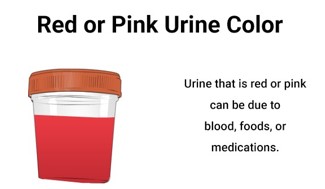Which symptoms will be most important for the nurse to assess for early signs of respiratory distress in the patient who has been given a neuromuscular-blocking agent?
Dyspnea, increased respiratory rate, and cyanosis.
Restlessness, anxiety, and lethargy.
Nasal flaring and retraction of intercostal muscles.
Pallor, stridor, and diaphoresis.
The Correct Answer is A
Dyspnea (difficulty breathing), an increased respiratory rate, and cyanosis (bluish discolouration of the skin and mucous membranes due to lack of oxygen) are early signs of respiratory distress that the nurse should assess for in a patient who has been given a neuromuscular-blocking agent. These medications can cause respiratory depression and compromise the patient’s ability to breathe effectively.

Nursing Test Bank
Naxlex Comprehensive Predictor Exams
Related Questions
Correct Answer is D
Explanation
When administering ophthalmic drops, the nurse should hold the dropper 2 cm (3/4 inch) above the lower conjunctival sac and instill the prescribed number of drops into the sac. The client should be instructed to look up and away from the dropper while the drops are being instilled.

Correct Answer is B
Explanation
An allergic reaction can occur in response to medication, and oxacillin is known to have the potential for causing allergic reactions. Symptoms of an allergic reaction may include rash, hives, itching, swelling, difficulty breathing, and anaphylaxis. Fever, amber urine, and diarrhoea are not typically associated with an allergic reaction to oxacillin.
Therefore, the nurse should monitor the client for any signs of an allergic reaction, particularly pruritus or itching, and report them to the healthcare provider promptly.

Whether you are a student looking to ace your exams or a practicing nurse seeking to enhance your expertise , our nursing education contents will empower you with the confidence and competence to make a difference in the lives of patients and become a respected leader in the healthcare field.
Visit Naxlex, invest in your future and unlock endless possibilities with our unparalleled nursing education contents today
Report Wrong Answer on the Current Question
Do you disagree with the answer? If yes, what is your expected answer? Explain.
Kindly be descriptive with the issue you are facing.
